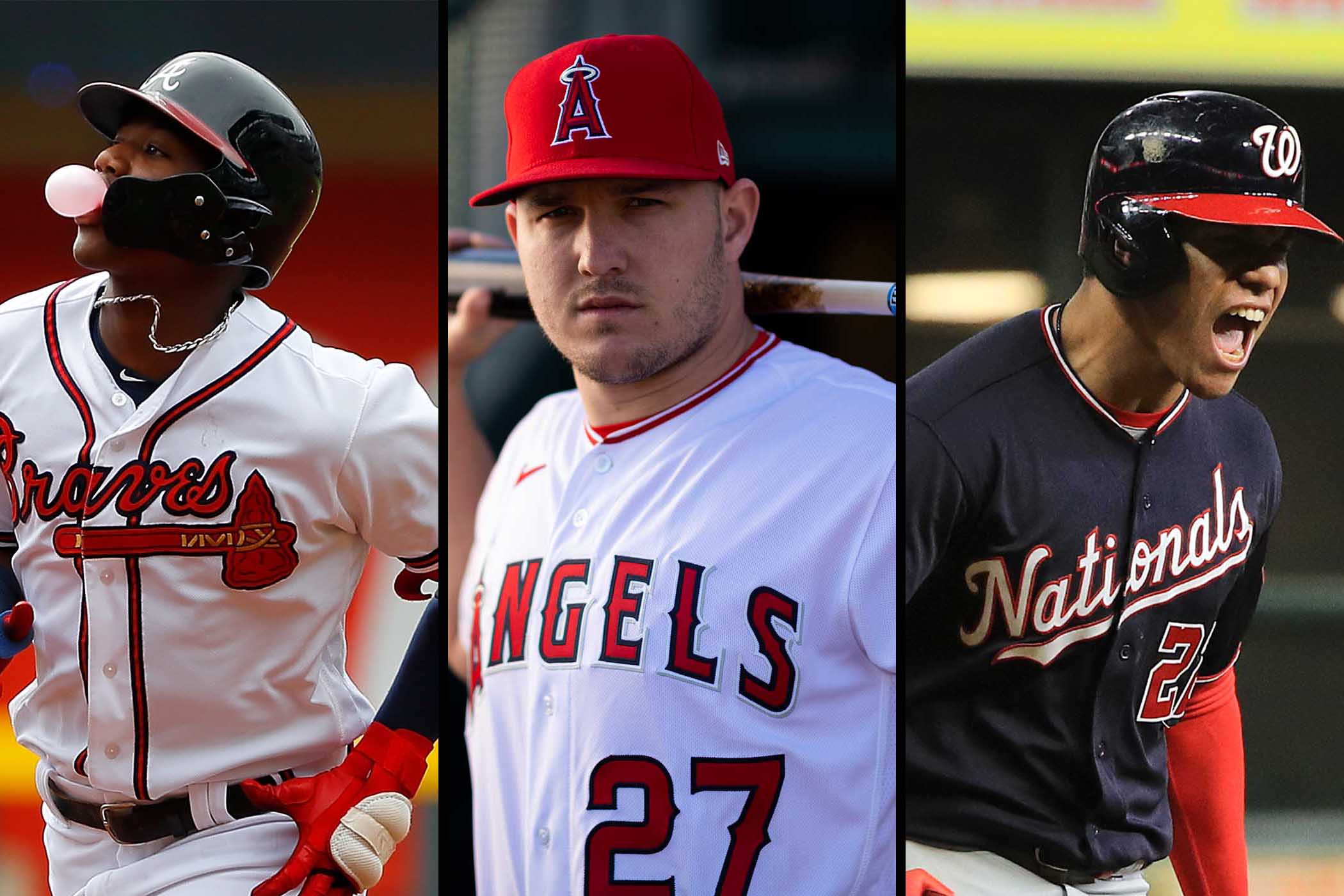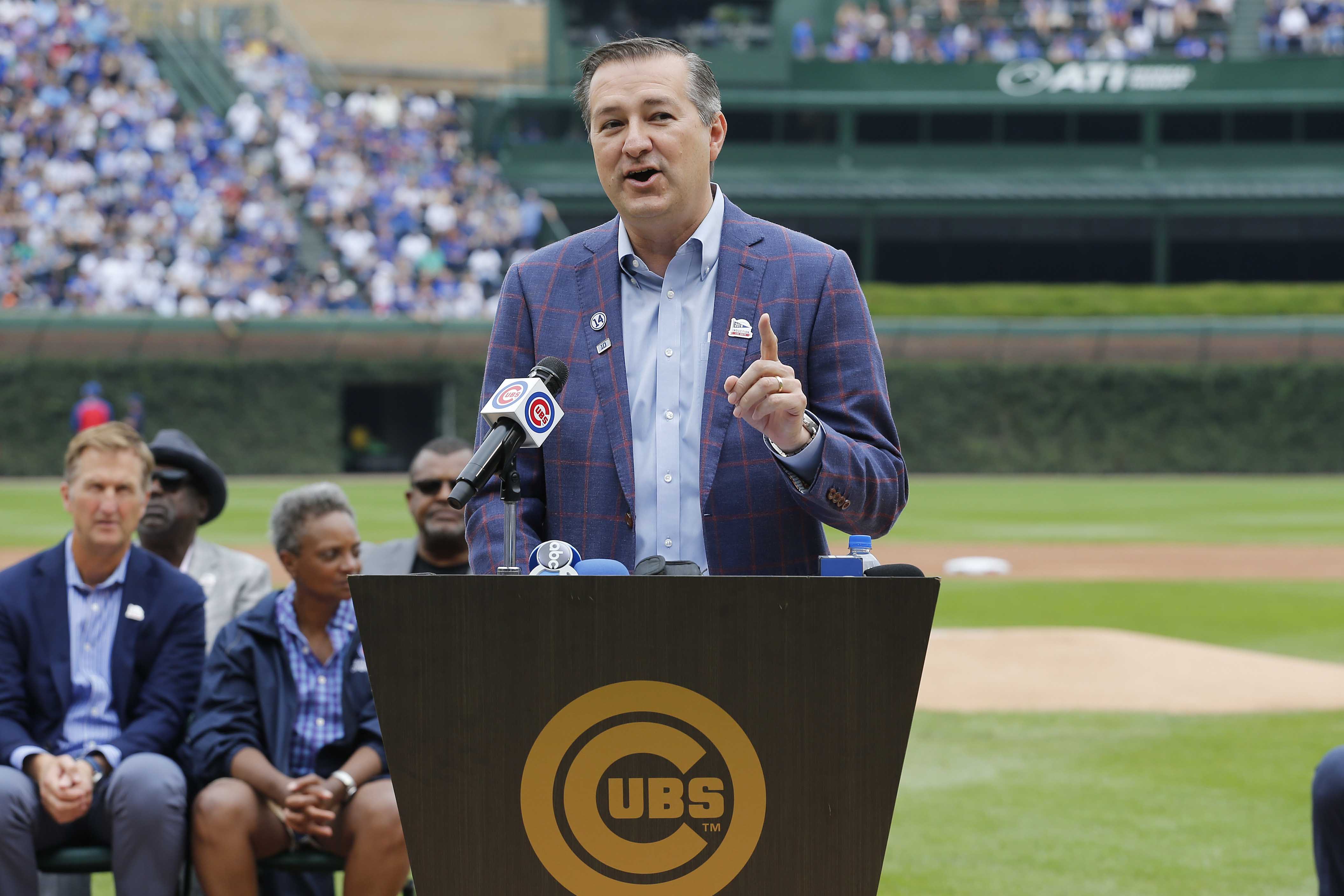In 1970, a man named George Gmelch officially quit baseball after five years of bouncing around the Detroit Tigers’ minor-league system and a number of independent leagues that no longer exist. He’d had some success in a notoriously difficult sport, having once driven in 40 runs in 110 games in the Western Carolinas League (which went on to produce ballplayers like Steve Carlton, Nolan Ryan and Don Mattingly). But his main legacy in the baseball world is a lifelong, sociological exploration of the behavior of his former colleagues.
Gmelch pulled off the unlikeliest of career shifts. He traded in long bus rides through rural America for undergraduate classes at Stanford, then PhD courses at the University of California, Santa Barbara. He became an anthropologist, and as part of his first project, a text called Human Nature, Vol. 1 (published in 1978), he wrote an essay called “Baseball Magic,” which compared the everyday liturgies of baseball players to the fishing proclivities of the Trobriand people, who live on the coral atolls of the coast of New Guinea. When those fishermen must brave the open sea — as opposed to fishing the inner lagoon — they are more likely to rely on personal tics and totems to “see them through” the activity.

Gmelch writes: “This attempt is irrational in that there is no causal connection between the instruments of magic and the desired consequences of the magical practice.” It was a relationship Gmelch had witnessed for half a decade; throughout his piece, he details a host of zany rites and taboos hitters and pitchers routinely observe in the hopes of keeping hit streaks alive or getting through innings unscathed. It could be anything: coins kept in pockets, an aversion to pregame pancakes, untouched facial hair. A player named Alan Foster once threw a no-hitter in a teammate’s borrowed spikes. He promptly bought them off of him. According to Gmelch, “Ballplayers may formalize any activity that they consider important to performing well.”
In a baseball game, the wild uncertainty of success (except for fielders, where the conversion rate is over 90%) is similar to fishing in the tempestuous Pacific. And for decades, Gmelch — who is now a professor of Anthropology at the University of San Francisco — has continued to document the steps people take to achieve a sense of “confidence, competence and control” in such chancy arenas. His research has taken on new, unexpected meaning in MLB’s COVID-affected season, as players are expected to forgo one of their most reliable (and unsanitary) methods for keeping calm and carrying on during three hours of gameplay: spitting.
When All-Star centerfielder Charlie Blackmon of the Colorado Rockies found out in late May that the 2020 season would include an explicit ban on spitting, he vowed to ignore it. ““Wait, what?” Blackmon said. “I’m 100% gonna spit. That’s ingrained in my playing the game.” Gabe Kapler, skipper for the San Francisco Giants, said that getting players and coaches to stop spitting would be a “tremendous challenge.” If you’ve ever seen a single close-up during a baseball game, you’re inclined to trust both Blackmon and Kapler: players will struggle to swallow their saliva this year, and some may not even bother trying.
The modern game is still, somehow, a masterclass in expectoration despite a successful campaign to eradicate the spitball and recent efforts to fight smokeless tobacco. When the Collective Bargaining Agreement was passed in 2016, tobacco usage took a huge hit. Tobacco companies could no longer leave free product for players in clubhouses, and no incoming MLB player was allowed to chew tobacco (players who’d used before the CBA passed were grandfathered in). According to Knock Tobacco Out Of The Park, meanwhile, more than half the stadiums in baseball are now tobacco-free as a result of state or local laws, and the players aren’t exempt from that. But the vibe — and more importantly, the ritual — associated with spitting tobacco juice (which started back in late-19th-century baseball) hasn’t necessarily been affected by these measures. It’s just shifted to sunflower seeds, bubblegum, coffee and Gatorade.
Sunflower seeds are banned this year. The players, according to Kapler, have been sufficiently warned that spitting junk all over the dugout and infield simply won’t fly over the next 60 games. Speaking to San Francisco sports talk radio, he said, “Everybody’s going to be committed to [not spitting] because it’s so worth it.” Hopefully. If not, events of the last 24 hours might be enough to convince those of Blackmon’s theology — the always-spitters — that there simply must be a way to warm up, log a hit, or steal a base without chomping and chewing. A total of 13 Miami Marlins personnel (including players, coaches and training staff) just tested positive for coronavirus. Their series against the Baltimore Orioles has been postponed, as was last night’s New York Yankees-Philadelphia Phillies game. (The Marlins were the last team in the Phillies visiting clubhouse.) At this rate, the season might not last the summer.
But regardless of how the 2020 season transpires — some sportswriters are already calling for a full cancellation — you’re left wondering: Did it really require the advent of a pandemic-addled season for the league to reconsider its love affair with spitting?

There is a certain atavistic charm to the way baseball players conduct themselves on national television. They tug and scratch at themselves in the outfield. They jog down the dugout stairs, to the bathroom, after a strikeout (leaving little wonder as to why they started at strike three). They leap and pound their chest after hitting the ball over the wall. It’s all very human, but these behaviors — especially the hawked loogies — aren’t necessarily biological. They’re just typical, and their shaky adjacency to success is apparently enough to sustain them. At the end of his paper, Gmelch invokes B. F. Skinner’s pigeons, which were rewarded continually for unconscious behavior (like hopping from side to side) with food pellets. Eventually, one pigeon deduced the system, and decided to hop back and forth in earnest, sure that the action would bring food back into its cup. After 10,000 hops, the pigeon finally gave up.
Lord knows how many thousands of times baseball players spit in order to hit just a couple hundred home runs. But it’s probably past due they find a new subconscious activity. Of all sports, baseball simply isn’t strenuous enough to justify emptying one’s month on the minute mark. It’s instructive, here, to consider the other sport we associate most with spitting: running. On a jog outside, most runners will experience a legitimate, physical imperative to spit as a direct response from the body in relation to a number of stimuli. The most obvious example would be while running in cooler temperatures. The nose and throat function as custom “humidifiers” that warm cold air before it reaches the lungs; as a byproduct, you’re left with a stuffy nose and a clogged throat, which is then evacuated by spitting or (sorry) “snot rockets.”
But spitting is an occupational hazard of running on a year-round basis. In warmer temperatures, for instance, the produced saliva is thicker. Heat and humidity tax the cardiovascular system, and demand more water from the body (in the form of sweat), which actually reduces the net production of saliva, but also renders it stickier. Spitting can be more difficult in these situations, but it will feel necessary regardless, especially as breathing becomes somewhat uncomfortable. Many runners — as we mentioned in a recent piece — make sure to take a “shot” of water before setting off in an effort to offset this process. But beyond temperature and weather, gotta-spit perils are ample and unavoidable. Allergens in the air, which are more prevalent on windy days, often find their way through oral and nasal mucosa. Landscapers and drivers operating lawn mowers and trucks can spray exhaust all over the side walk. And flies love to torture runners.
Running etiquette is more important than ever in the COVID era; well-meaning runners now make a point to take wide berths around others on the road, and avoid spitting when other pedestrians (or even cars) can see them. It makes the spitting crusade of baseball players, who only exercise in short, explosive bursts before standing for several minutes or returning to the dugout (where liquids are widely available) all the more confusing. Basketball players run up and down the court all game without spitting on the hardwood. Soccer players spit more than most sports — to the dismay of some British fans — but then, that sport probably comes closest to long-distance running, and considering the consistent cold (or rainy) conditions those players scramble around in, it feels justified. In other sports, meanwhile, the practice doesn’t even invite this civilized discourse. In 2011, Tiger Woods missed a putt and spit on a green. He was fined.
One of the great, uncomfortable ironies in all of this is that spitting appears to give baseball players some semblance of comfort and control — and right now, more than ever, they could use both of those things. Their coworkers are getting sick, healthy teammates have already started defecting, and hitting a baseball, even in non-pandemic times, is arguably one of the toughest assignments in professional sports. But this season (if it continues) and in the years ahead, the sport needs to find a way to mitigate or completely abolish the practice. Baseball, the crazy, tribal, inside joke of a sport that it is, has a unique ability to celebrate failure, to make much ado about one hit on a day otherwise spent striking out. But a failure to achieve cleanliness — and reach autumn in one piece — can’t be explained away by mystical metaphor.
Let the bats flip. But leave the spitting to those on the roads.
This article was featured in the InsideHook newsletter. Sign up now.





















